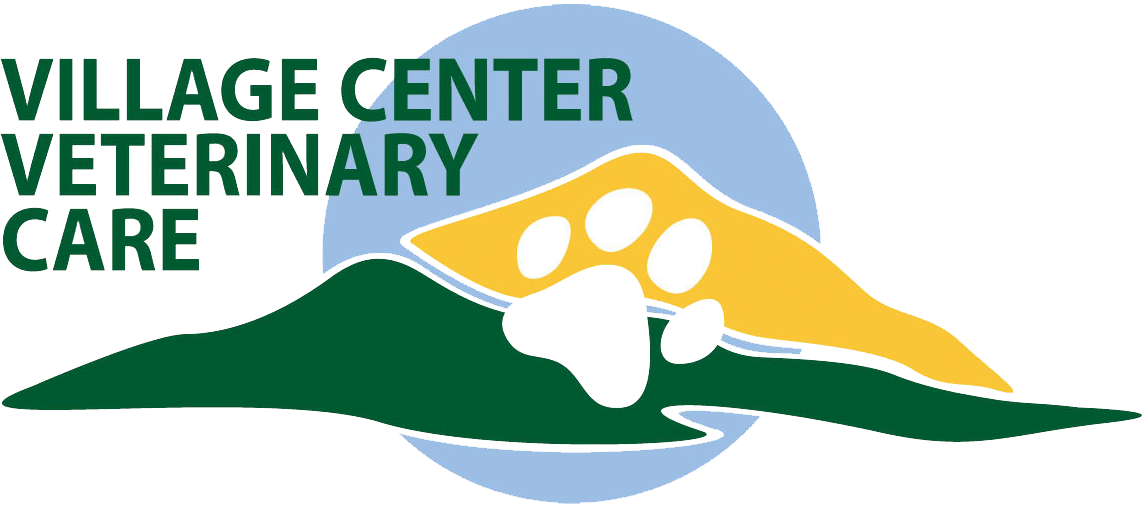I could guess what was likely going on by the history and the limp when Toby, an eight year old Great Dane, came into the office. He had started developing a lameness on his right front leg a few weeks ago and it was getting progressively worse until now he was nearly non-weight bearing on the leg. Nobody had witnessed an injury, it just seemed to creep up on him. Toby had always been a little portly, but when he weighed in today he had lost 10 pounds since his last visit 4 months ago. He was still eating and drinking normally, he just seemed very painful.
A physical exam showed that the source of the pain seemed to be near his wrist. An x-ray confirmed the diagnosis--bone cancer, also known as osteosarcoma.
Osteosarcoma is one of the more common types of cancer we see in older large breed dogs. It can happen in any bone, but most often tends to affect the long bones of the legs, especially at the point of the shoulder or just above the wrist on the fore limbs, and just above or below the stifle (equivalent to the knee joint on people) on the hind limbs. In dogs this type of cancer tends to be highly malignant and has almost always spread at least microscopically to other parts of the body before a dog even starts showing signs of lameness from the primary tumor.
Diagnosis can usually be made from the tumor’s appearance on an x-ray, although bone biopsies are possible if some other similar appearing problem is suspected instead. Because the cancer tends to spread to the lungs most commonly we often x-ray the lungs to see if there is any visible evidence of tumors starting there as well. Unfortunately the tumors have to be at least ¼ inch in diameter to be visible on an x-ray, so it is possible for the lungs to look clear but still have microscopic cancer cells lurking in them anyway.
There are several treatment options for osteosarcoma. The most conservative route is to give pain medication until the tumor is so painful that nothing helps and the dog’s quality of life cannot be maintained. This usually buys anywhere from a few weeks to a few month’s worth of time.
Amputation of the affected leg gives relief from the intense pain of the primary tumor and removes the largest source of cancer in the body. Follow up chemotherapy can keep the cancer cells that undoubtedly have spread from being able to grow very fast and cause problems for a while. This approach can often buy 6 months to 2 years of good quality time.
The Veterinary School at CSU has helped pioneer limb sparing surgeries for osteosarcoma in dogs that are now also widely used for children with the same problems. With this procedure the cancerous section of bone is removed and replaced with a graft of bone from a cadaver. Local chemotherapy is then instilled in the area. This allows a canine patient to keep the leg and still get a 1 to 2 year survival time.
Another option to help relieve the pain of the tumor without amputation is radiation therapy. The radiation slows the cancer’s destruction of the bone and gives good pain relief for several months to a year.
A common thread running through all of these treatment options is that we are looking to achieve good quality of life and extend quantity of life, but we do not expect a cure. All dogs with osteosarcoma will die from the disease eventually no matter how aggressive we are in treating it. Some of the treatments can be quite expensive, and require a specialist’s expertise and equipment, but they can make a very big difference for both the dog and his owners for a while.

